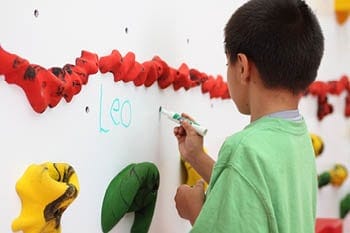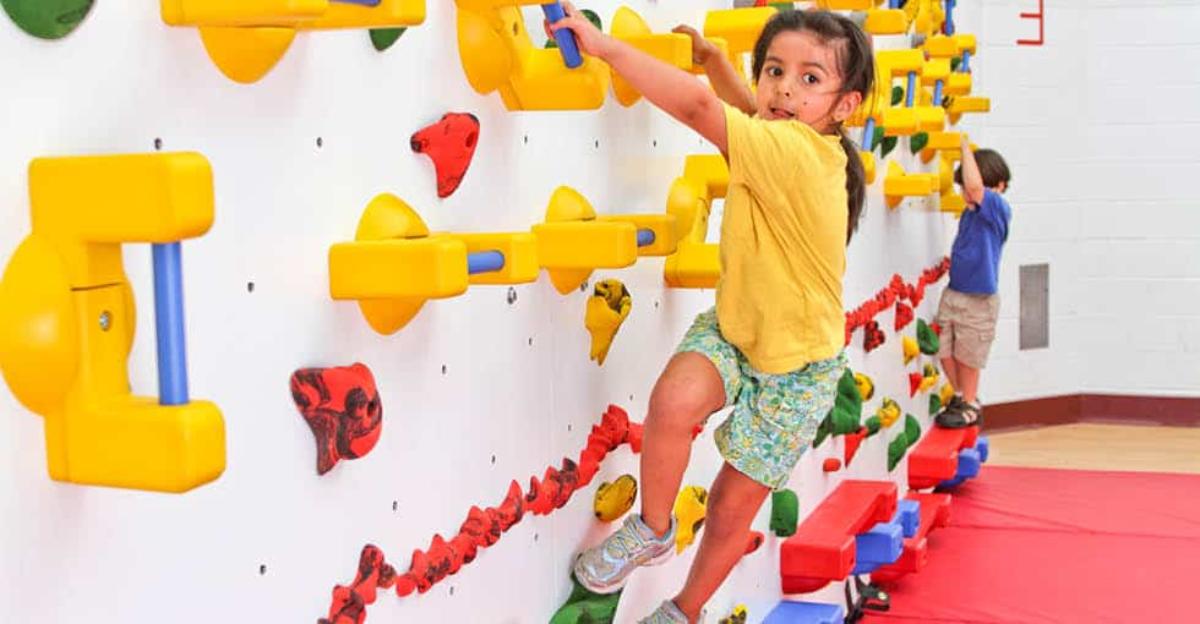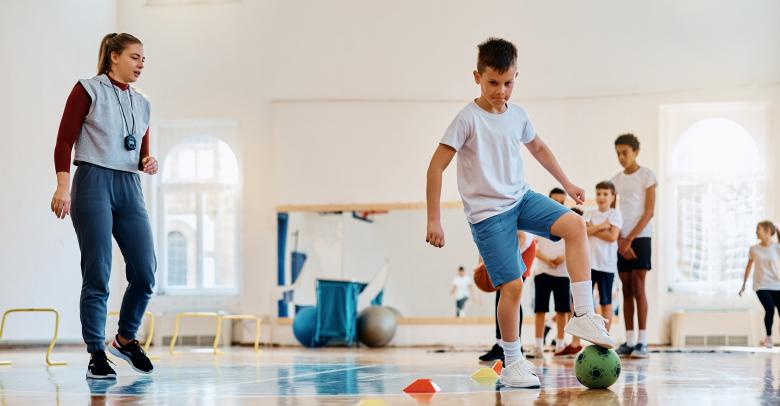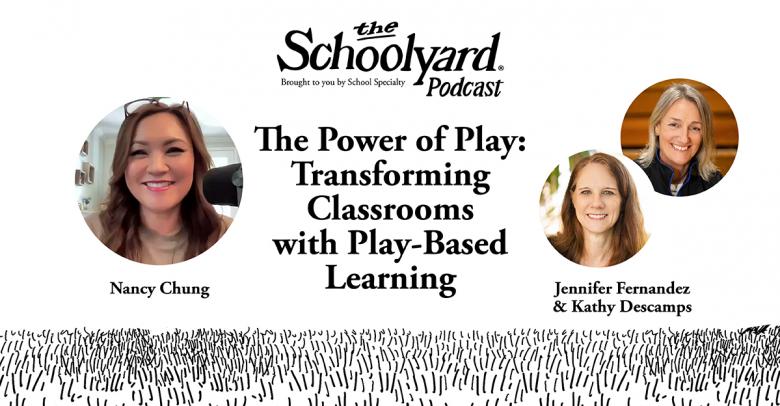Rock climbing is a physically demanding activity that requires concentration, motor planning and sequential thought, among other skills. Full inclusion to accommodate children who have physical limitations or cognitive and sensory processing deficits can be challenging. However, children with special needs can reap many benefits offered by this appealing activity.
4 Ways a Rock Wall Can Benefit Students with Special Needs
Whether a physical, cognitive, communication or sensory disability, there is a degree of participation that can be achieved. Some of the many benefits of rock climbing as they relate to certain disabilities are described below:
Sensory Disabilities
- As children climb, they are gaining exposure to movement and sensory input that can help in motor processing.
- Climbing gives children’s bodies proprioceptive input (being aware of body and movement in relation to its joints). The pressure they feel in their muscles and joints can help internal regulation.
- Climbing helps develop the vestibular system.
- Rock climbing is a very tactile activity.
- The climbing wall is visually inviting and may serve as a motivator for children to climb, encouraging increased movement.
Physical Disabilities
- Core strength and muscle tone are positively affected by climbing.
- Strength in hands, arms and legs can increase by climbing.
- Children who have physical limitations often participate in sedentary activities. Climbing, at whatever physical level possible, provides body movement that can increase circulation and assist in digestion.
- Range of motion activities can increase flexion and extension, which helps prevent muscle atrophy.
- Climbing helps children gain experience and confidence in bilateral movement and coordination.
- Eye-hand and eye-foot coordination is practiced.
Cognitive Disabilities
- Action concepts such as on/off, up/down, right/left, go/stop can all be incorporated into climbing. This helps children learn and understand these words because they are experiencing them verbally as well as kinesthetically.
- Problem solving is naturally incorporated into climbing as children determine hand and foot placement throughout the climb.
- Decision-making is involved as children will be faced with choosing a particular path and following through with their decisions.
- Facing the climbing wall and constantly scanning the wall for the next hold to reach for can help take away auxiliary distractions and increase attention. This also helps children think sequentially.
- Children are better able to focus and attend to cognitive tasks after they have been able to use their whole body in activity.
Communication Disabilities
- Receptive language can be targeted as children listen and process verbal direction by a teacher or another child, for example which color hand hold to reach for.
- Receptive language is further developed as children talk to each other while climbing so they know where they are in relation to others. This is especially important for children who have visual impairments.
- Climbing allows for independent movement. Children who have autism may not like physical contact and this is an activity that caters to that characteristic.
- Cross-curricular activities invite written communication; for example, by finding letters or spelling words on the climbing wall.
The Adaptive Wall was developed to help children of all abilities reap the benefits of climbing. It features a smooth and white dry-erase and magnet-accepting surface that can be written on and accepts magnets. This allows for learning opportunities for children with cognitive or communicative disabilities. The Adaptive Holds include grab-bar style hand holds and ledge-style foot holds to provide stability and extra support for children with physical disabilities. The color-coded Groperz™ Hand Holds offer a variety of additional options for climbers to use as they travel across the Traverse Wall. The following activity for an Adaptive Wall combines literacy and physical activity for children of all abilities.
Adaptive Rock Wall Activity: Alphabet Soup

Letter recognition, climbing and drawing are integrated in this cross-curricular activity.
Materials Needed
- Adaptive Wall
- Letter Magnets
- Dry-Erase Markers
Prior to Activity
Place letter magnets, high and low, across the climbing wall.
Activity
Give each climber a dry-erase marker. Have children climb to a letter and write a word or draw a picture of something that begins with that letter.
Inclusive Variations
Cognitive: This activity can be altered to accommodate children who are just beginning to learn their letters. Have the children explore the letters on the wall at their own pace. When they reach a letter, have them say what letter it is. Increase the challenge to include tasks such as “What comes before/after” or “Say a word that starts with that letter.”
Communication: Have children climb to a letter and verbally state that letter, or say a word that begins with that letter. Teachers and therapists can modify this further to include only the letters with which the child has difficulty. Or have a teacher, therapist or classmate call out a letter. The climbers must then climb to that letter.
Physical: For children who use mobility devices, place the magnets at a height they can comfortably reach. This actively includes them in a physical and cognitive activity.
Sensory: Use magnetic letters that have braille embossed on them, have a raised surface or one that provides various textures. When a child who has a vision disability touches the letter, have him/her feel it and verbally state the letter. Non-climbers can give directions for the climber to locate hand holds and the letters.
Skills/Benefits for Children with Special Needs
- Articulation
- Letter recognition and identification
- Memory and recall
- Association
- Receptive language
- Auditory processing
- Braille recognition
More Special Needs Ideas & Inspiration
If you’re looking for more great ways to get students with special needs engaged and having fun at school, be sure to stop by the Special Needs category page to find our latest blogs. Also take a moment to browse the online Special Needs store where you’ll find hundreds of quality products and solutions for learners of any age.






[…] best aspects of rock climbing is that almost all kids can do it. It can be helpful for kids with different disabilities, including physical, sensory, and […]